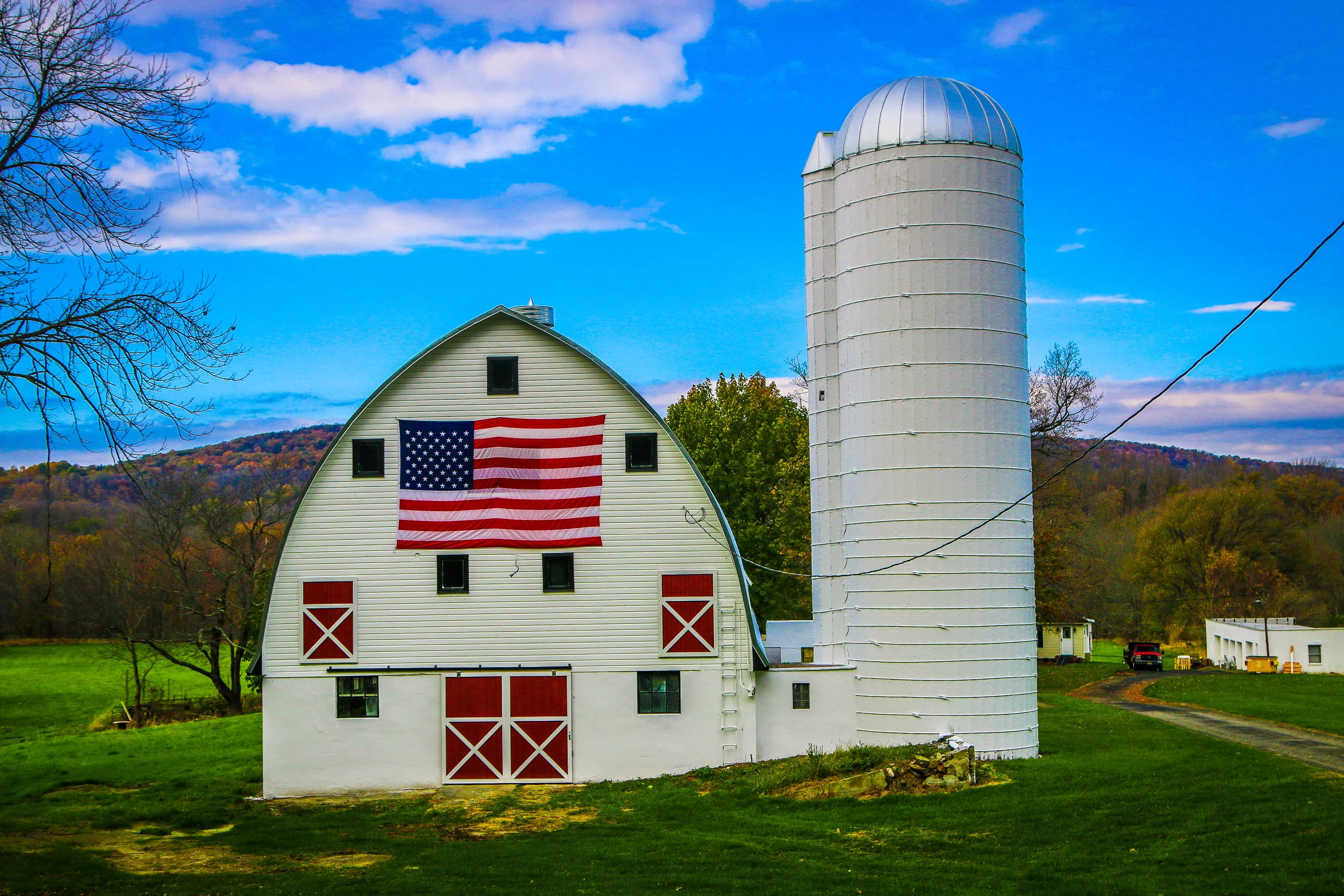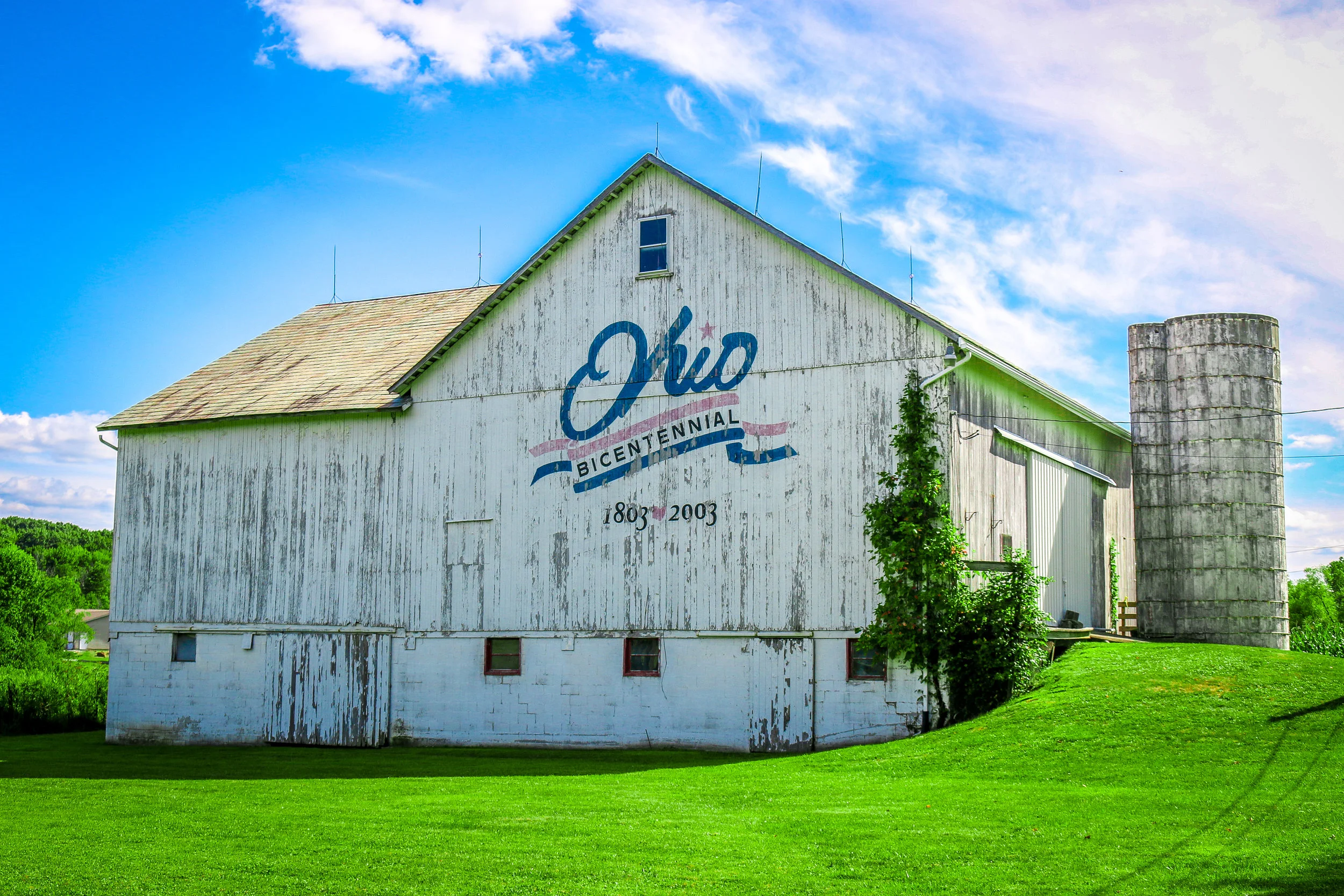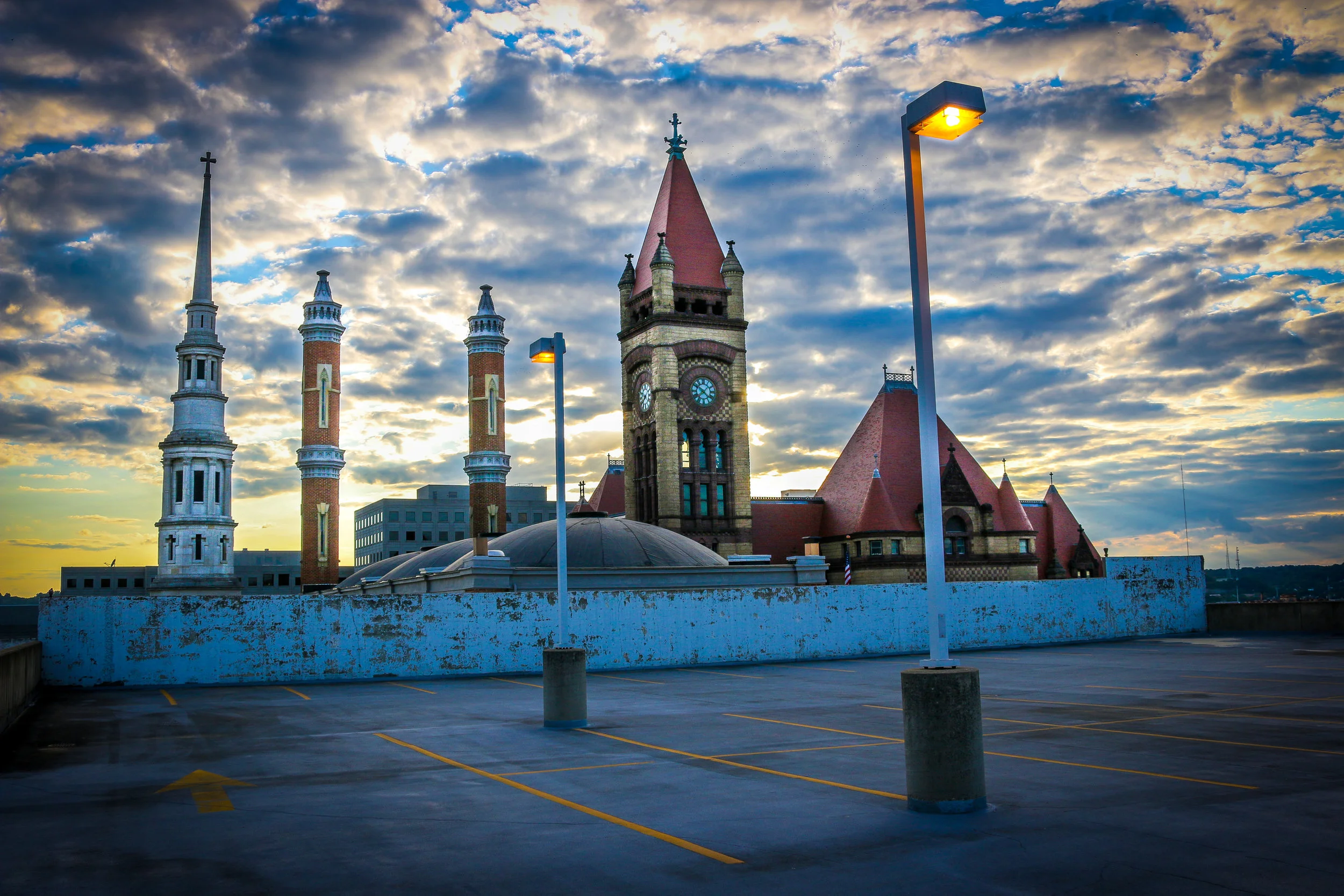If you’ve been following this blog, you already know I’m a big fan of lighthouses. I think they are really interesting in both form and function. I love stopping to check them out and I really love to photograph them. Florida has lots of lighthouses, especially since it has such a long coastline. I only got out to see about half of Florida’s lights over the last 6 weeks, but I thought I would share those photos with you here! Enjoy.
Viewing entries in
architecture
Coral Castle is the magnum opus of Edward Leedskalnin, and sits as a tribute to his life’s work in Homestead in far south Florida. Edward was born in Latvia in 1887. In 1913, he was engaged to marry the love of his life, but she called off the wedding at the last moment and never saw Ed again. Heartbroken, he moved to the new world, and took up work as a lumberjack and miner in several places around the US and Canada. Somewhere around 1919, he developed tuberculosis and moved to Florida for the warm air. He settled in Florida City and began work on his now infamous castle.
Ed hadn’t forgotten his former fiance, and worked to build this castle for her, in the hopes she might change her mind and come join him in Florida. Working mostly at night, for both the cool temperatures and privacy it provided, Ed slowly but methodically built this impressive structure over the next twenty years. In 1936, Ed bought a different plot of land in Homestead, and slowly moved his castle north, one piece at a time, and reassembled it in its current location. There he continued its construction until it was completed in 1940. The real marvel of the project are the 10 ton coral walls which he cut, moved and placed by himself in the middle of the night with only primitive tools and pulleys. He also built doors which weighed several tons and rested on ball bearings which allowed them to swivel easily using the pressure of just one finger. These doors gave the site the name which Ed called it in his time: Rock Gate Park. How exactly he moved and placed these giant pieces is still somewhat of a mystery, and one which he took with him to the grave. The man who built this impressive structure was only 5 feet tall and weighed in at a diminutive 120 pounds. He lived in his castle for the rest of his life, and offered tours to the general public, first for a dime and then later for a quarter. Today it will cost you $19 to tour the structure, a bit much in my opinion. For me though, I am always interested in seeing something which is a tribute to one person and their individual and unique dream…
Whitehall was the winter residence of Henry Flagler, the father of Florida tourism. Having made his fortune in Standard Oil, Flagler set out to build a railroad from Jacksonville to Key West and a hotel and tourism empire along the way. Bringing tourists too Florida was one thing, but he also brought fruit and vegetables from Florida as well, making tourism and agriculture the two foundations blocks of the Florida economy. One of his signature hotels, The Breakers, is located in Palm Beach very close to Whitehall.
Built in 1902, this Gilded Age, Beaux Arts mansion boasts 75 rooms including a grand ballroom, a spectacular music room, a wonderful library and a beautiful dining room. When it was built, Whitehall included all of the modern amenities of the time including electricity, indoor plumbing and even a telephone. They also had central heat which was surprisingly used mostly in summer to dry the building out from the damaging Florida humidity. It is a beautiful home, inside and out with some phenomenal detail work (albeit most of it was created with plaster casts). I really enjoyed my visit, and I hope you enjoy these photos from Henry Flagler’s Whitehall.
St. Augustine was founded way back in 1565 as part of the Spanish colony of Florida, making it the oldest continuously inhabited colonial city in what is now the United States. It is a beautiful city to wander around and I enjoyed taking these photos in the historic area. I wasn’t there long, as my goal is to spend most of my time in Florida out of the cities instead of in them, but I enjoyed the time I was there. Many of the buildings in St. Augustine are more modern than they look with the most iconic being built by Henry Flagler to attract tourism to the state at the end of the 19th century. Tourism was an excellent industry to choose, and has become a major industry for the state over the last century. This has left St. Augustine crowded, and a little over-touristy, but still a charming place to visit and spend a few days. Its proximity to lovely St. Augustine Beach is a bonus. I hope you enjoy these photos from St. Augustine: The Ancient City…
Columbus, Georgia was a city that surprised me. Much like Greenville, South Carolina and Cincinnati, Ohio, I came in with limited expectations and found myself falling more in love with it around every turn. The city has obvious industrial roots, but they have re-purposed many of the old industrial buildings and turned the once gritty downtown into a modern, walkable, very enjoyable town. Columbus is the third largest city in the state with a population of just under 200,000, and their economy relies heavily on nearby Fort Benning. It is also the home of Aflac Insurance and Columbus State University. Beyond these major employers though, Columbus is making major strides in attracting tourism, and from my perspective they are well on their way.
And so it was that I found myself in their wonderful Visitor’s Center trying to find a way to spend my day. It was a beautiful Georgia fall day with clear skies and a very agreeable temperature, and I wanted to spend the day outside taking photos of the city. My question for the people working at the Visitor’s Center was simple: what are the most iconic locations in Columbus? What are the places that someone born and raised there would recognize instantly, no matter how long they had been gone for? This is a seemingly simple question, but probably not one they receive every day. The three of us discussed it for some time, and put together a fairly extensive list. They had incredible resources ton hand to work with from a driving tour of the lovely Midtown neighborhood to an African American History Walking Tour pamphlet of downtown. After about a half-hour of discussing the most recognizable places in town, I set off to take the photos you’ll find below…
While all modern forms of music have roots somewhere, it’s always fascinating to trace them back and try and discover where they came from and how they evolved. The blues will take you back to Dockery Farms in Mississippi and jazz to Congo Square in New Orleans, although the influences of those music forms go back much further. Hip-hop got its start in New York City. Many would say Sun Studios in Memphis was where rock and roll was born, although I tend to think otherwise. Each genre tends to have its early influences and groundbreaking shifts which led to how we define them today. Bluegrass music really gained that definition in the mid 1940’s when Earl Scruggs and Lester Flatt joined the already extant band The Bluegrass Boys. There is no doubt though that the man who brought them together and nurtured the evolution of the sound was the founder of that group and the undisputed Father of Bluegrass: Kentucky native Bill Monroe.
Bill Monroe was born in a small house on Pigeon Ridge in central Kentucky. That house was torn down and a new one built in its place when Bill was a kid…
Despite its name, Old Louisville began as a suburb of Louisville sometime around 1870, nearly a century after the city’s founding. Old Louisville covers a 48 block area with one of the largest concentrations of Victorian architecture in the country. Unique to this time period and style, most of the houses in the neighborhood are brick or stone which has kept them in pretty good shape over the years. I loved wandering the neighborhood there and taking these photos. You will see some are of entire houses, while others are of specific details which caught my eye and others still are of neighborhood streets, parks and fountains. It’s a lovely place for a stroll and well worth a visit if you are ever in Louisville.
Louisville’s Cave Hill Cemetery was dedicated in 1848 and is the final resting place for over 120,000 people. During the Victorian Era and in a time before city parks were as prevalent as they are today, “garden cemeteries” were often designed and promoted for recreational activities. People would stroll down the winding lanes and maybe have a picnic by the lake. I like this idea and have always seen beautiful cemeteries as a nice place to walk and think and ponder life and death, a place to consider and draw from generations of people who came before us. Funerary art and statues are remarkable and often overlooked as a true art form. I spent several hours in Cave Hill over two visits, neither under the best of conditions for photography, but it was beautiful nonetheless. You will see photos of some of the famous people buried there like Colonel Harland Sanders, Muhammad Ali and Louisville founder George Rogers Clark. There are also lesser known people like Harry L. Collins, who was the official magician of Frito-Lay and Nicola Marschall who designed the official flag and uniforms of the Confederacy. Cave Hill is also a National Cemetery with graves for both Union and Confederate war veterans. It is a beautiful place to visit and was high on my list of sites I wanted to see in Louisville. I hope you enjoy my photos from Cave Hill.
The “new” Kentucky State Capitol Building was built in 1910 at a cost of just over a million dollars. Designed by Frank Mills Andrews in the Beaux-Arts style, the beautiful Capitol sits high above Kentucky’s capital city of Frankfort. All three branches of the Kentucky government are housed within the Capitol building. The Capitol features a magnificent rotunda and some wonderful statues and artwork throughout. Entrance and tours are free. I hope you enjoy my photos of the Kentucky State Capitol…
Starting in 1998, artist Scott Hagan set out to paint the Ohio Bicentennial logo on 88 historic barns, one in every county of the state. He completed the project in 2002 and when the bicentennial celebration began the following year, every county had its “Bicentennial Barn” proudly on display. You can still see many of these barns as you travel around the state today. Unfortunately I was only able to get these four photos in my travels around the Buckeye State, but every time I saw a Bicentennial Barn, it made me smile from ear to ear.
I really love these three photos from my time in Ohio. The top one is from Cincinnati, the middle one from Cleveland and the bottom one I took in Toledo. I love the vertical lines in them and how they have elements of old and new, modern and industrial. To me they speak of what I saw throughout my stay in the Buckeye State: a place holding onto its past but moving boldly towards the future.
After the end of the Civil War, many of Toledo’s wealthiest residents began moving out of downtown and building houses “out in the woods”. This area developed over the next 50 years into the West End neighborhood, now called the Old West End. While it has ebbed and flowed over the years like most old neighborhoods, today it stands as one of the largest collections of intact Late Victorian Era homes in the country. It is a remarkable architectural gem, a living museum and a friendly and welcoming place for a visit. While I was walking around taking photos for this post, I met two long-time residents, Jim and Carol Kutsche, who you will see pictured at the bottom in front of their beautiful home. We sat on their porch for the better part of an hour talking about Toledo and the Old West End. The first day I visited the weather wasn’t in my favor, and the second the light was being difficult, but these photos still came out okay. It was too remarkable a neighborhood to pass by though, and I think you will definitely agree that many of these houses are real gems, even some which are in severe disrepair. If you are in Toledo, you must make time for a stroll around the beautiful Old West End.













